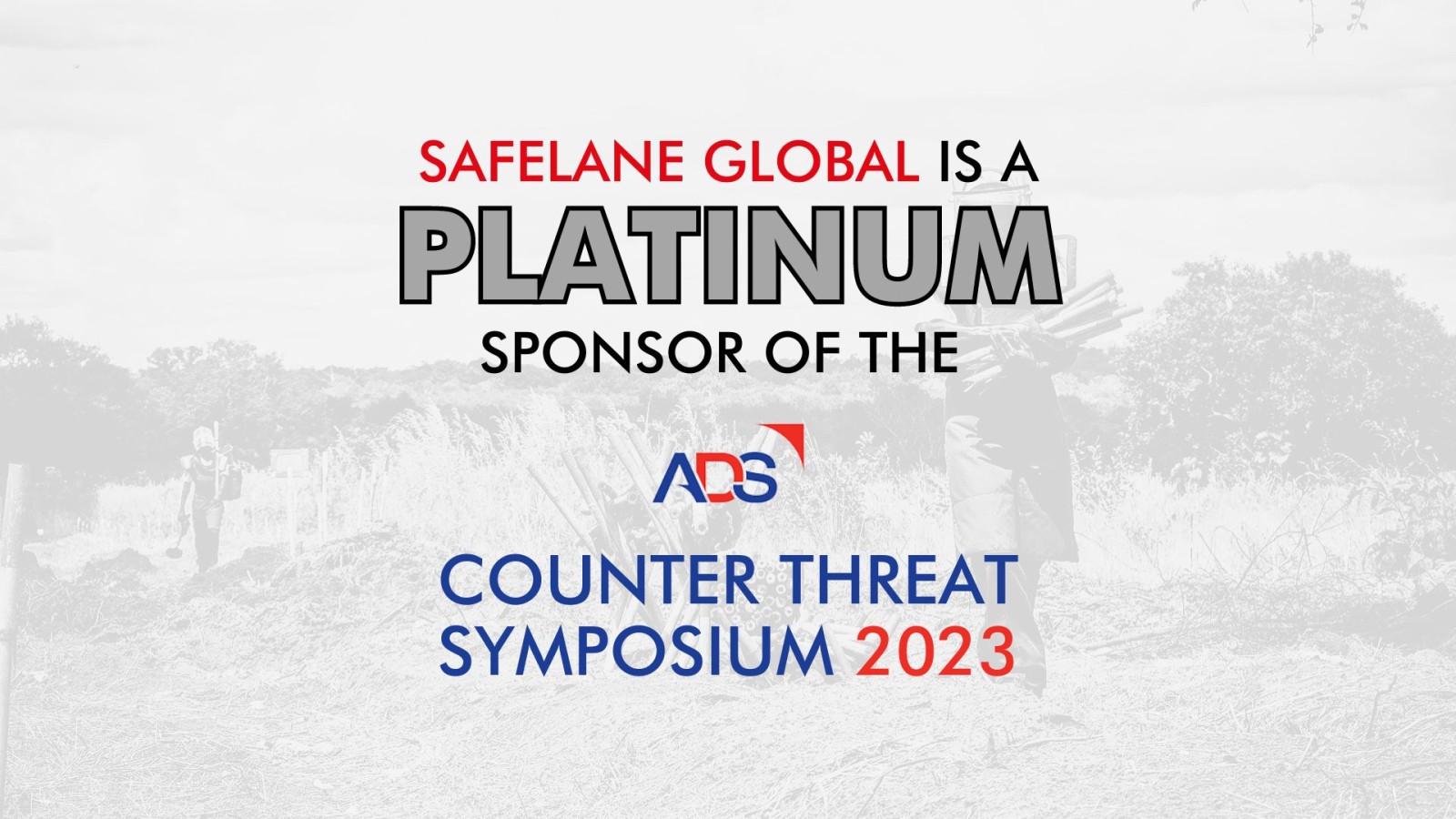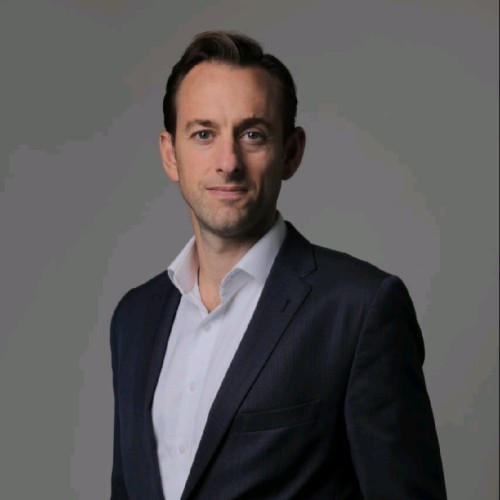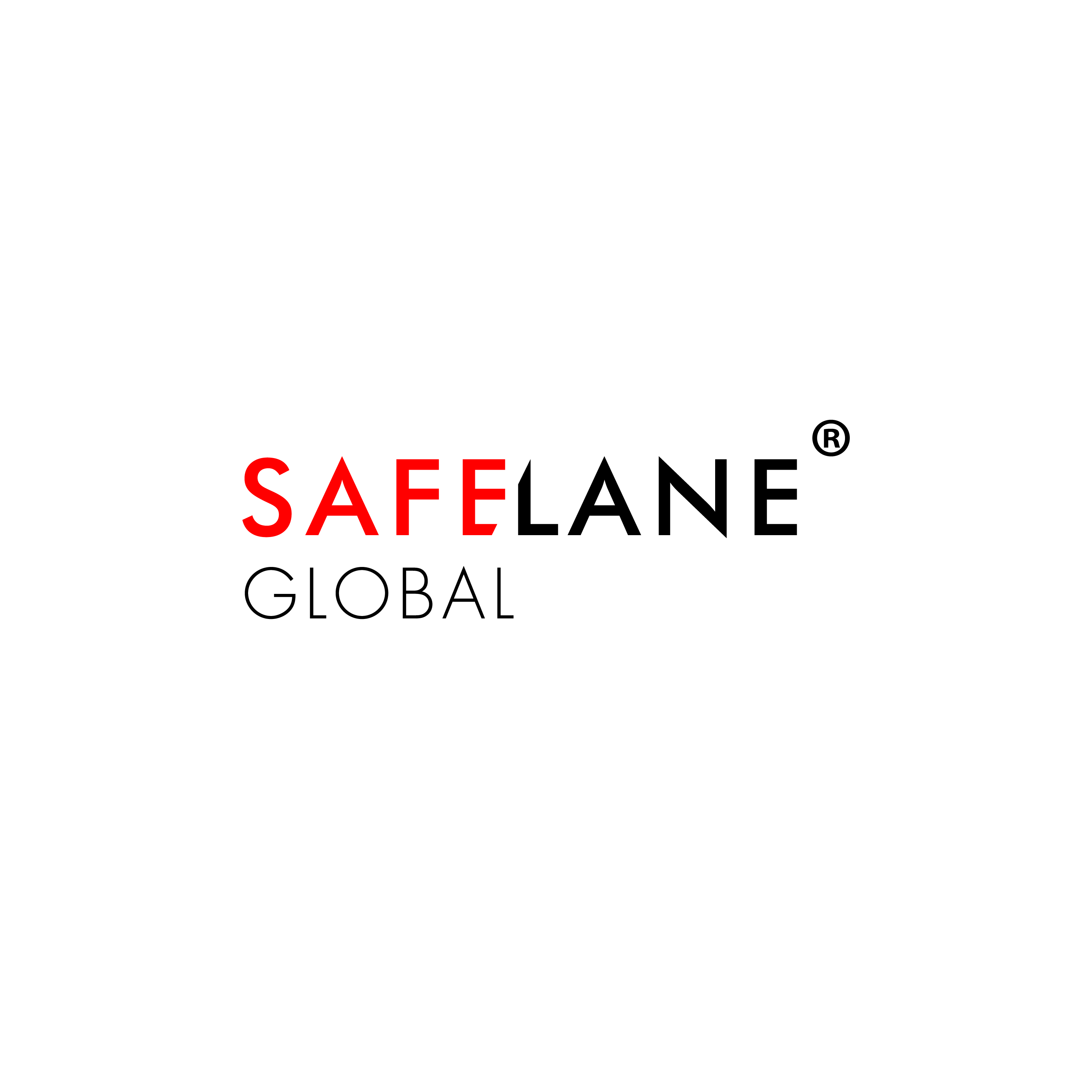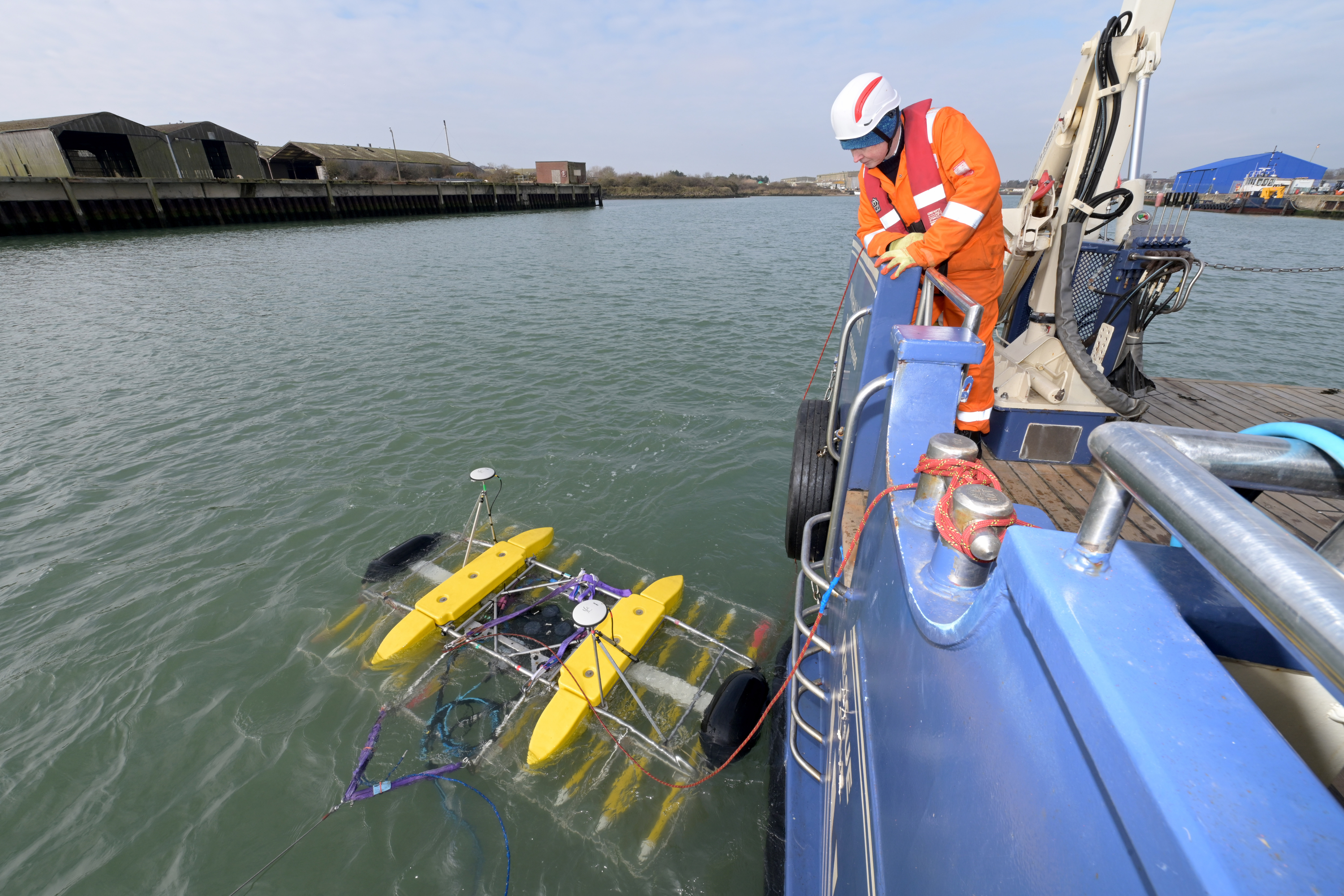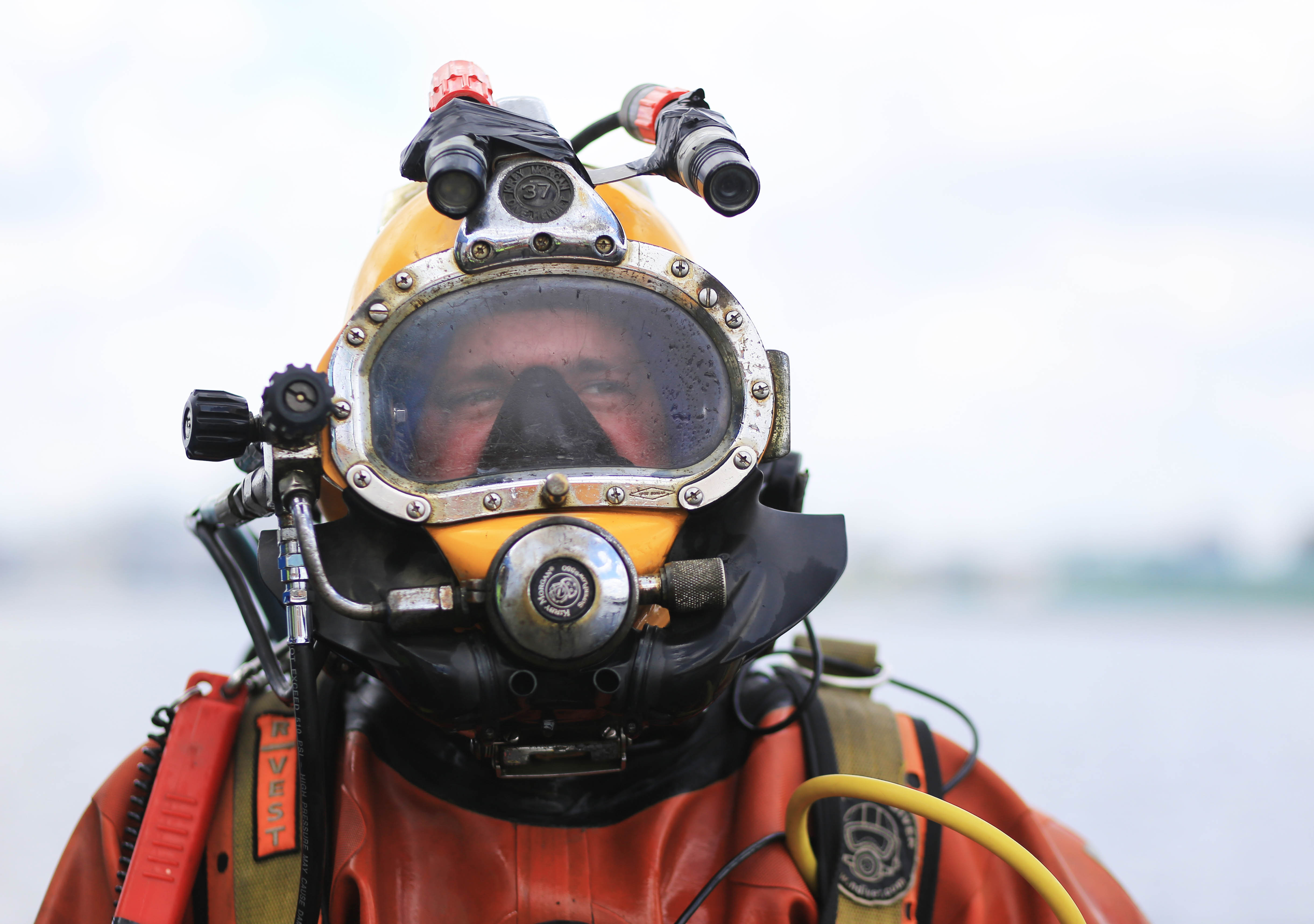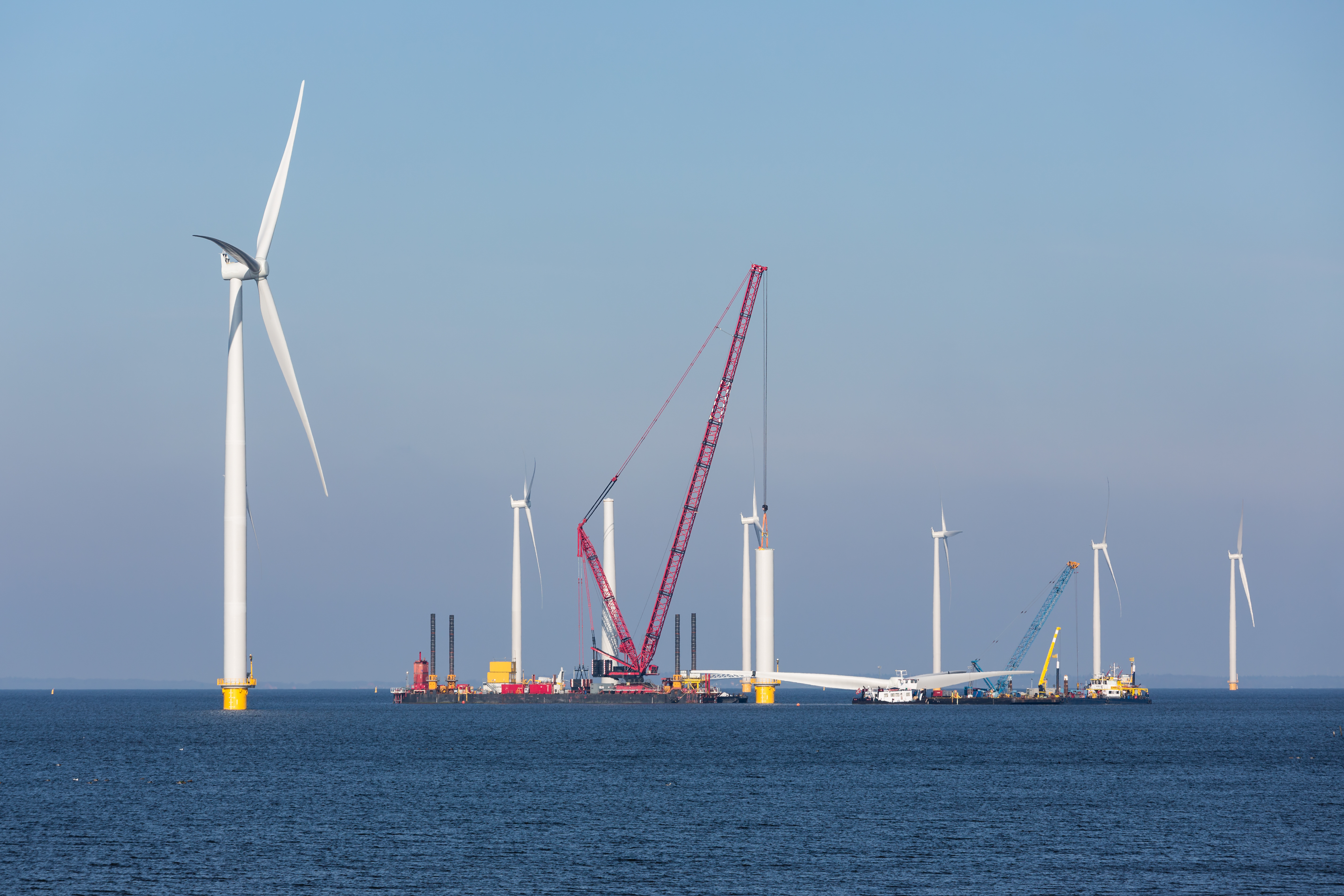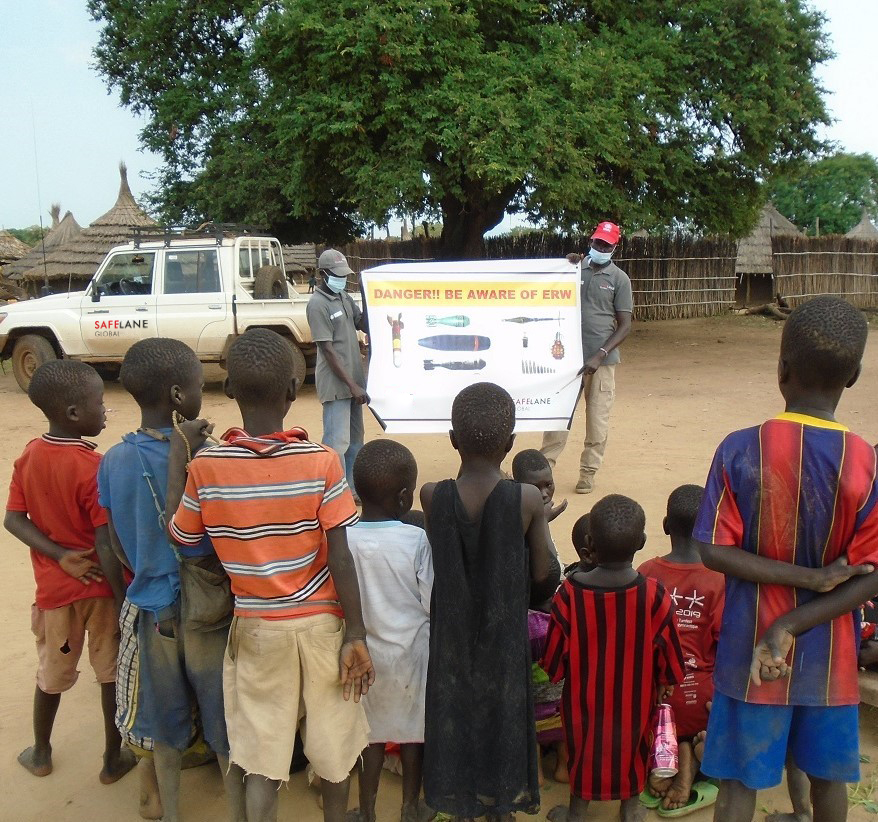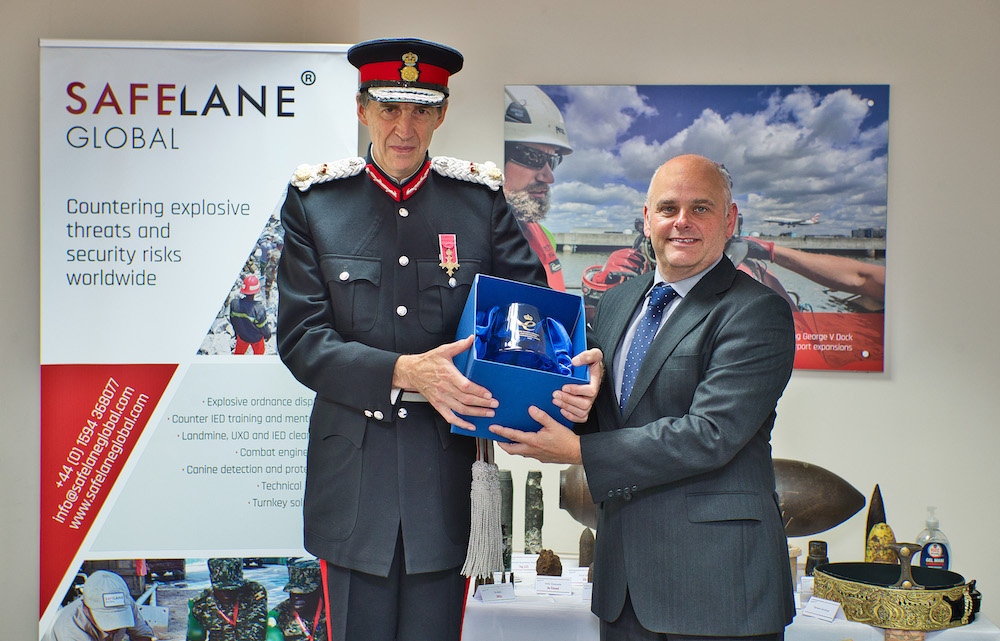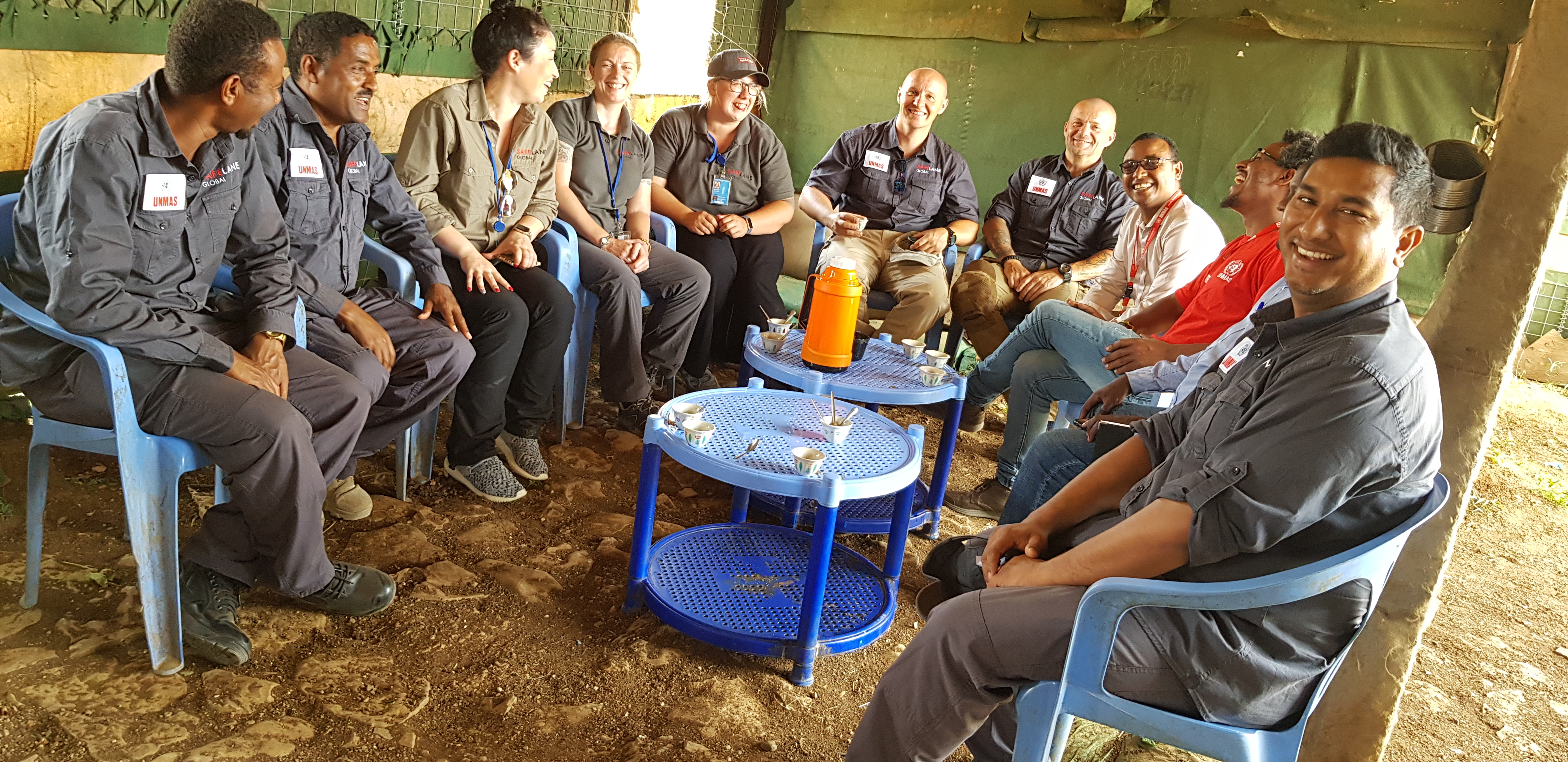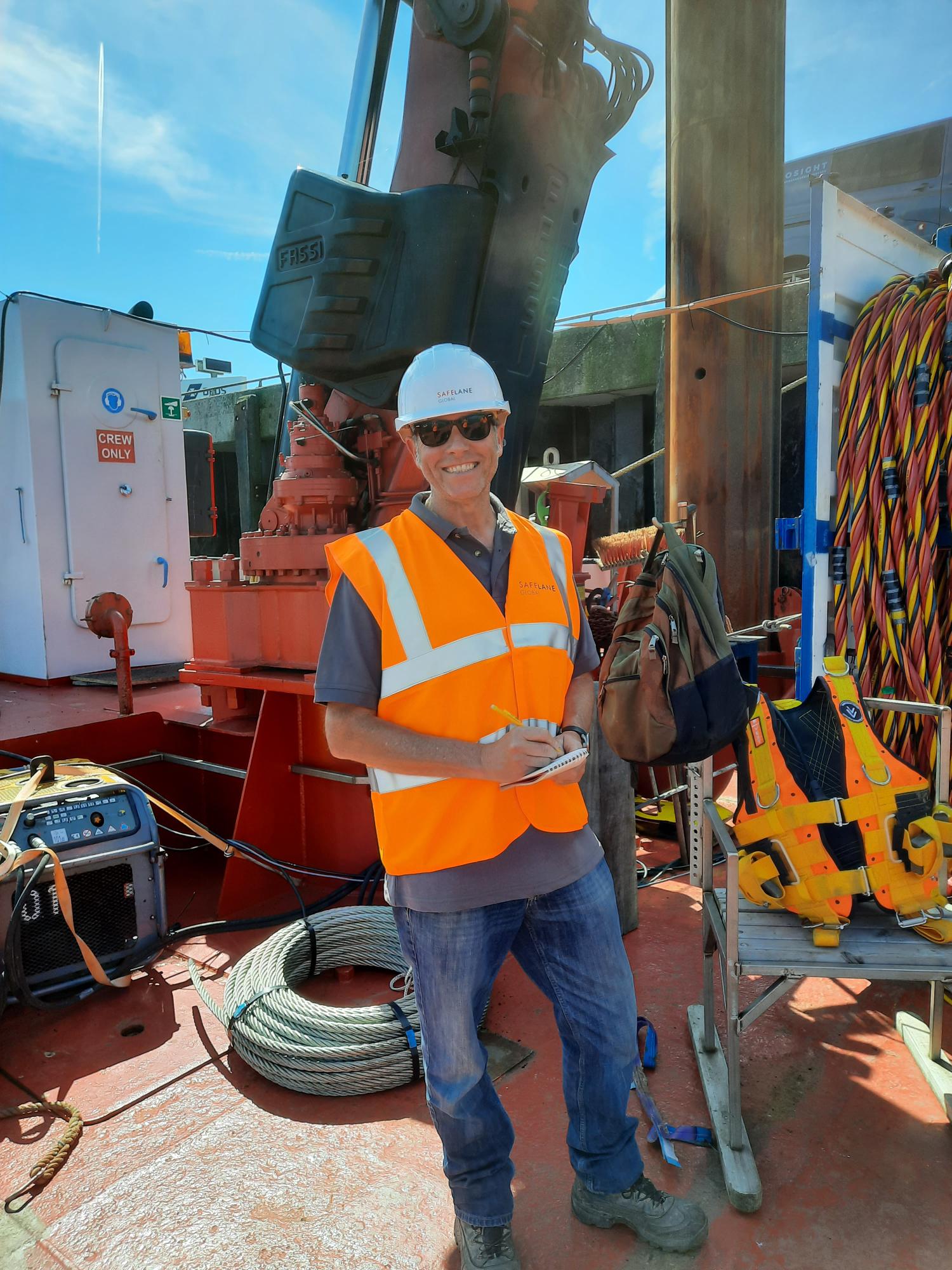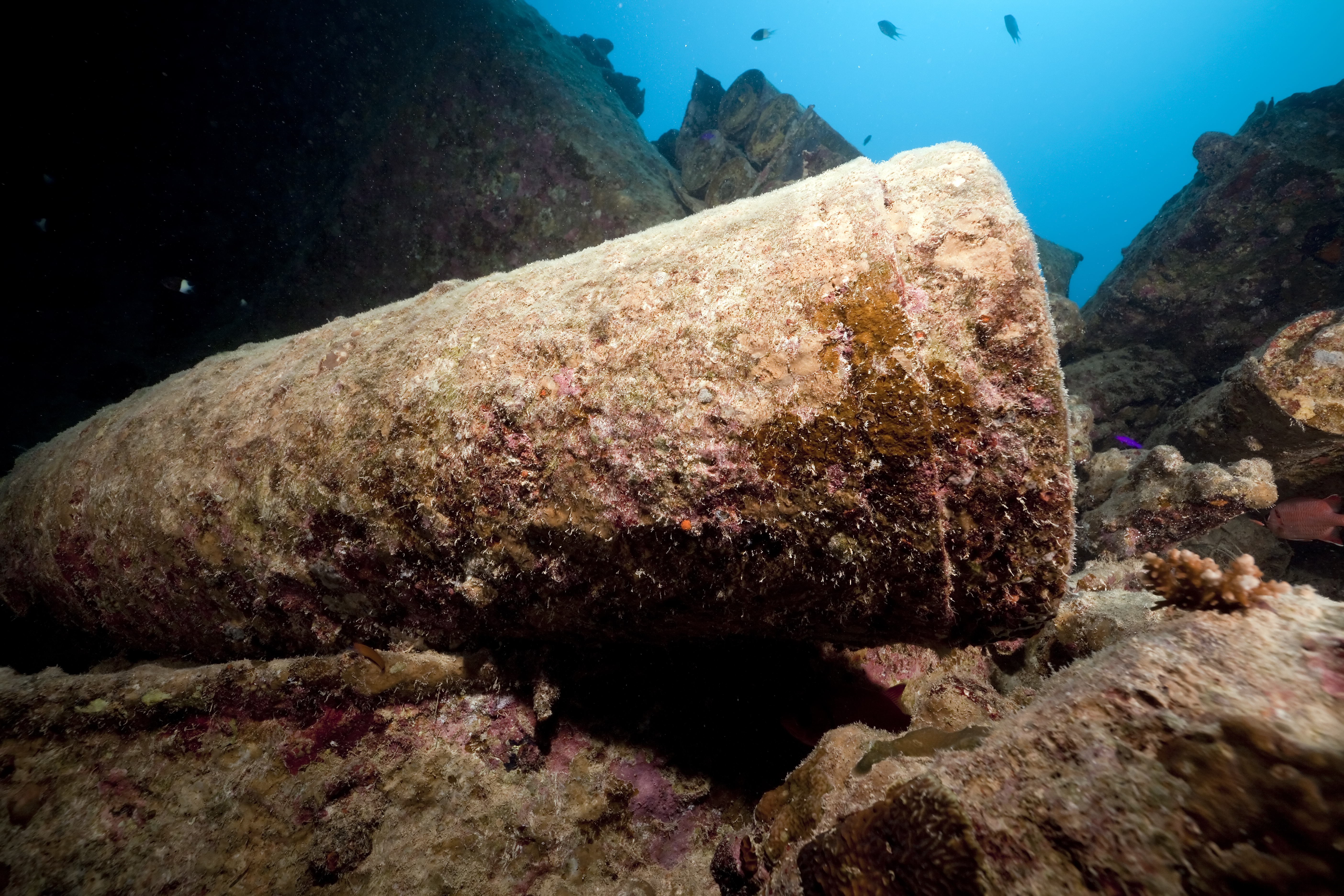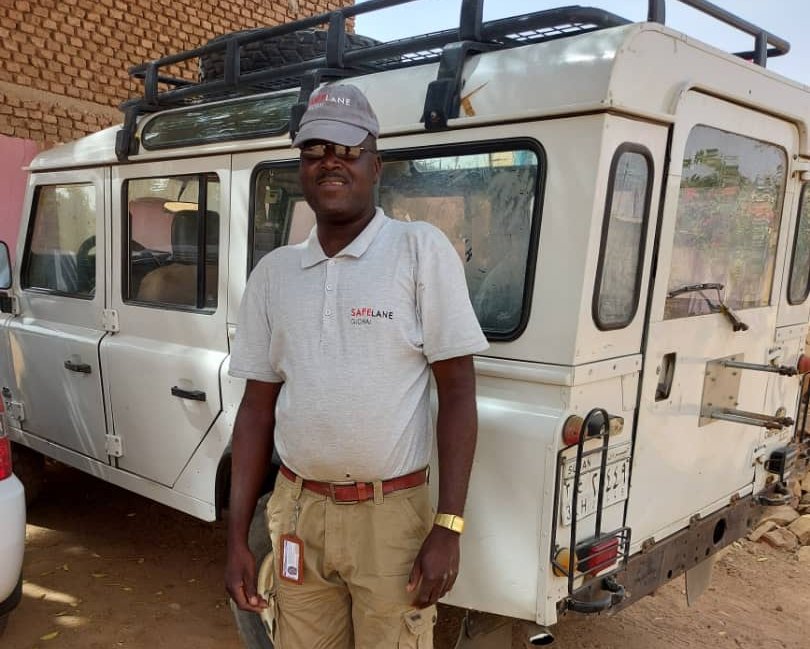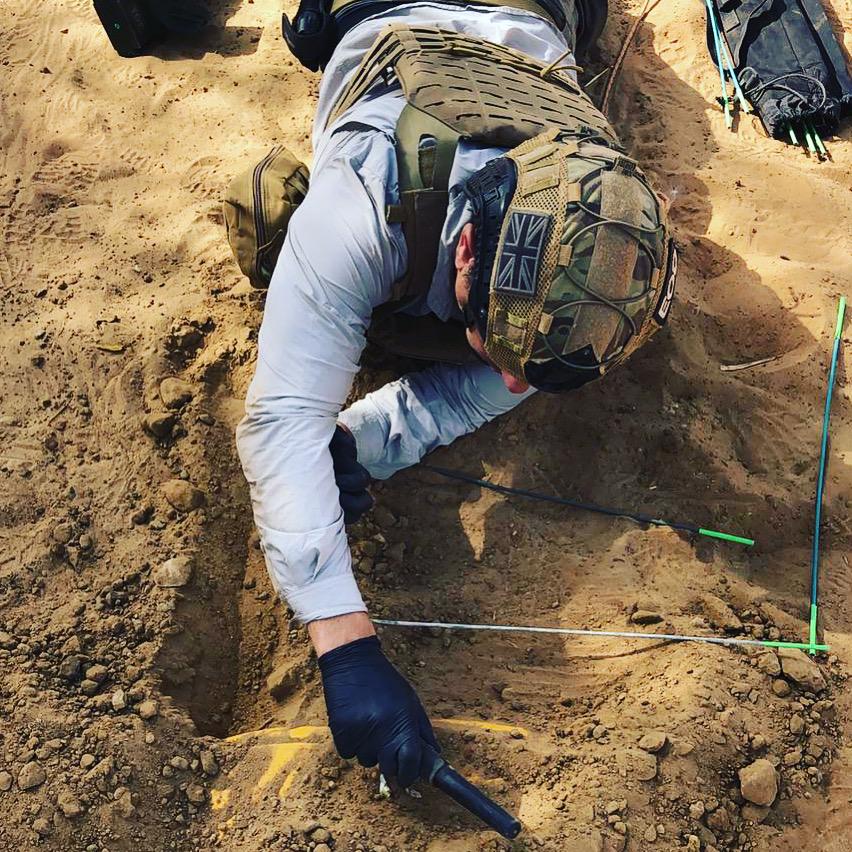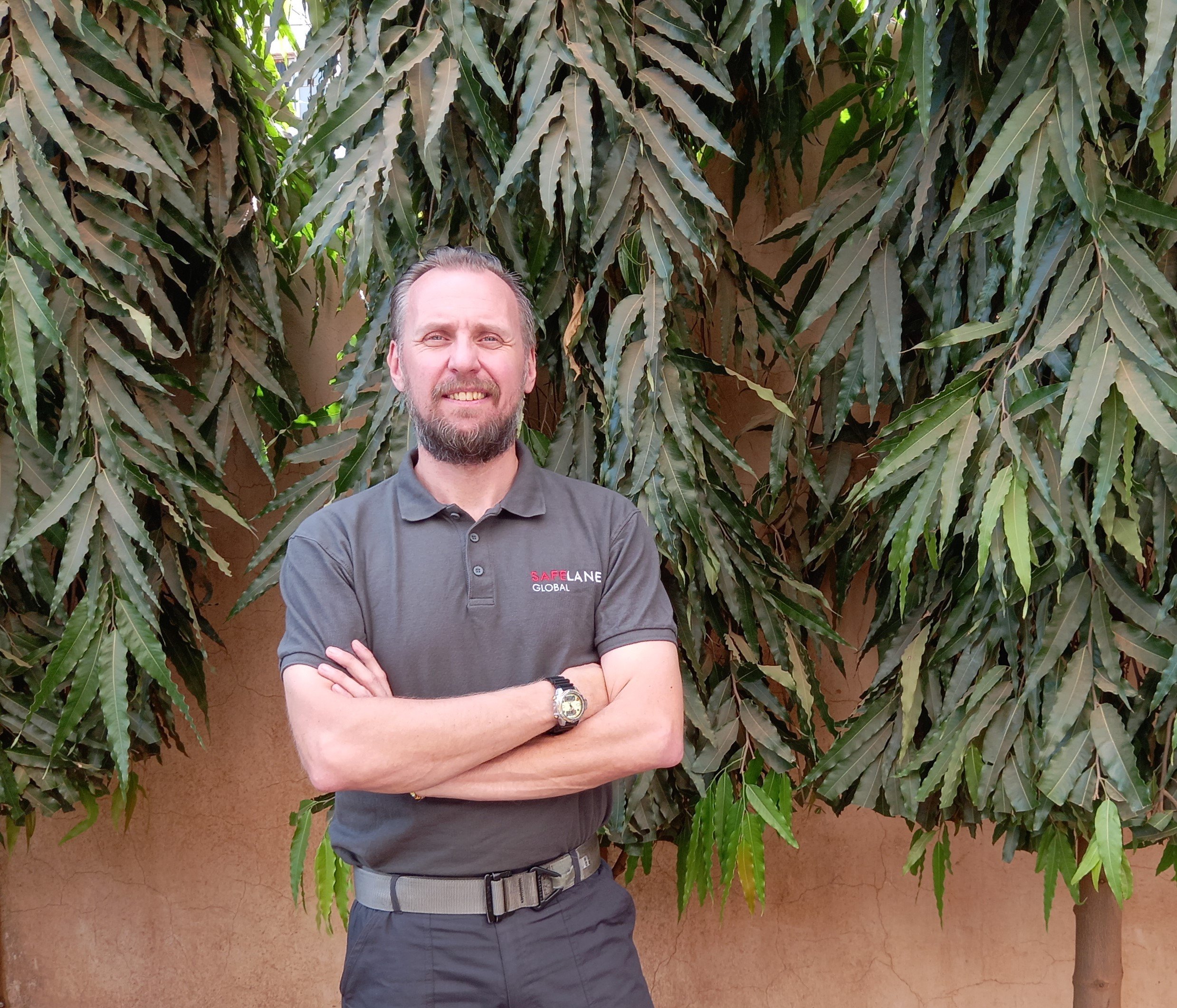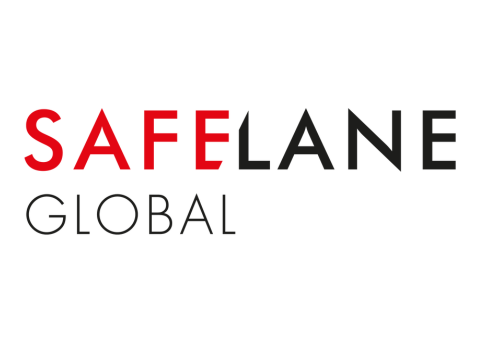
Modern Slavery & Human Trafficking Policy Annual Statement 2023
SafeLane Global's Modern Slavery & Human Trafficking Policy Annual Statement 2023
SafeLane Global’s experienced senior leadership team provides unique, expert information and comment to deadline. Its experts are regularly quoted in the international, national and trade press.
Headquartered in the UK and Germany, comment or opinion can be offered in English or German. Explore news updates, blog posts, publications and events updates from SafeLane below.
SafeLane Global’s regular news updates highlight the difference it makes for communities and its clients around the world – every single day. The updates also include the latest events SafeLane Global will be attending – and showcase what life is like as a member of the SafeLane team.
If you would like SafeLane Global to offer comment, please contact the marketing team.
SafeLane Global's Modern Slavery & Human Trafficking Policy Annual Statement 2023
SafeLane Global is delighted to be the Platinum Sponsor of the Counter Threat Symposium 2023, taking place between the 5th and 7th of December, in Farnborough.
Highly experienced and distinguished former British Army Officer Tim Illingworth is taking the reins; current CEO Rob Hunter will step across to exclusively lead Igne, ensuring…
The Kingdom of Saudi Arabia today announced its continued support to Landmine and Un-Exploded Ordnance (UXO) clearance in Yemen - SafeLane Global is proud to be able to continue…
At circa 11.00hrs (local time) on Wednesday 23rd March 2022, armed insurgents entered a secure compound in Mogadishu, which houses SafeLane Global staff.
We, as a species, are reliant on the ocean. Discover why the ocean is such an important asset - providing jobs, a wealth of biodiversity, and sustainable energy. Featuring…
Join SafeLane Global at Oceanology International from the 15th - 17th of March 2022.
SafeLane Global's Marine team will be attending Marine Energy Wales in Llandudno from the 22nd - 23rd of March 2022. Book a chat with us today.
Today we celebrate digital media detection dogs after Hertz, a German Shorthaired Pointer, won a PDSA Dickin medal.
On the 21st - 22nd of June 2022, SafeLane Global will be attending the Global Offshore Wind event at the Manchester Central Convention Complex. Visit us at Stand 200 to learn…
World Patient Safety Day falls on the 17th September annually – it’s to raise global awareness for the reduction of patient harm. SafeLane's highly qualified field staff …
In April 2020, SafeLane Global was announced as a winner of the Queen’s Award for Enterprise in the International Trade category. The pandemic put celebrations on hold, …
Last month, SafeLane’s deminers in Mozambique took on an unusual job to keep the local community safe in the Govuro District in Inhambane Province. They worked to remove…
SafeLane will be on Stand 29 at this year's Global Offshore Wind event at ExCel in London on September 29th - 30th - and we would love you to join us for a beer. Come and…
The Kingdom of Saudi Arabia has extended the essential Saudi Project for Landmine Clearance (Masam) for another year.
The nature of the explosive threat mitigation work SafeLane undertakes can of course be dangerous – community engagement is therefore critical for several key reasons…
Meet Andrew Lonsdale MIExpE, he’s a former Royal Navy Petty Officer Clearance Diver who’d already achieved notoriety at SafeLane before he even joined full time! Read …
In this subject matter expert opinion piece by SafeLane’s Marine Director Ryan Prophet, he explains how seriously the protection of the fragile marine ecosystem is taken – …
Explosive Ordnance Disposal (EOD) Assistant Mahmoud Abakir Ezairig explains how past experience motivated him to join the mine action sector. #MineActionApril
Find out how Samuel’s skills help contribute to mine action work, created safer spaces in South Sudan.
The United Nations has designated the 21st of April World Creativity and Innovation Day, #WCID. It’s a day to focus on and celebrate the roles of both creativity and innovation…
Mine action is traditionally male dominated; but we’re making strides to change this gender imbalance and make the sector more accessible to women like Salma. #MineActionApril…
Ashley Le Boydre, a SafeLane EOD Mentor from Australia, describes the far reaching, positive ripples of mine action operations. #MineActionApril
EOD Mentor Team Leader Christian Jansson explains the differences that mine action activities make to local communities. #MineActionApril
Clearing contaminated lands and marine environments
